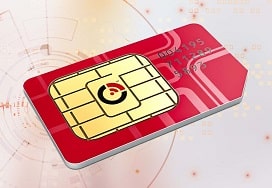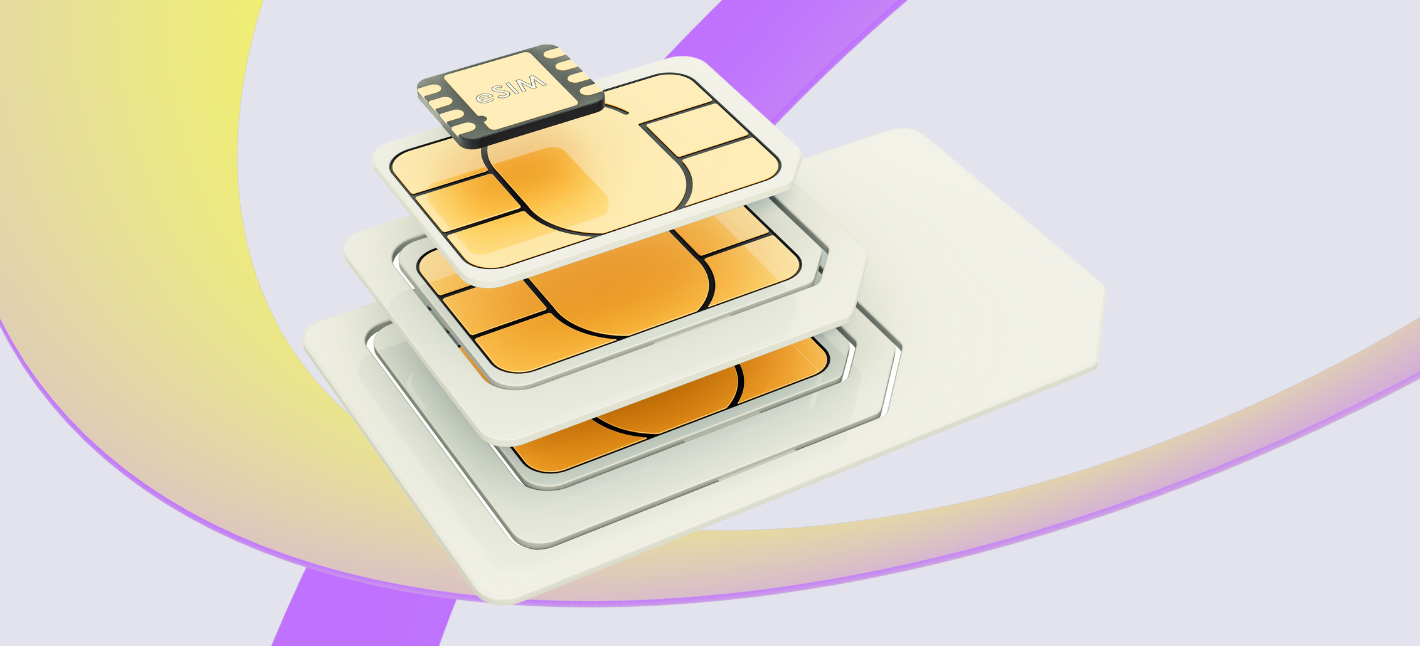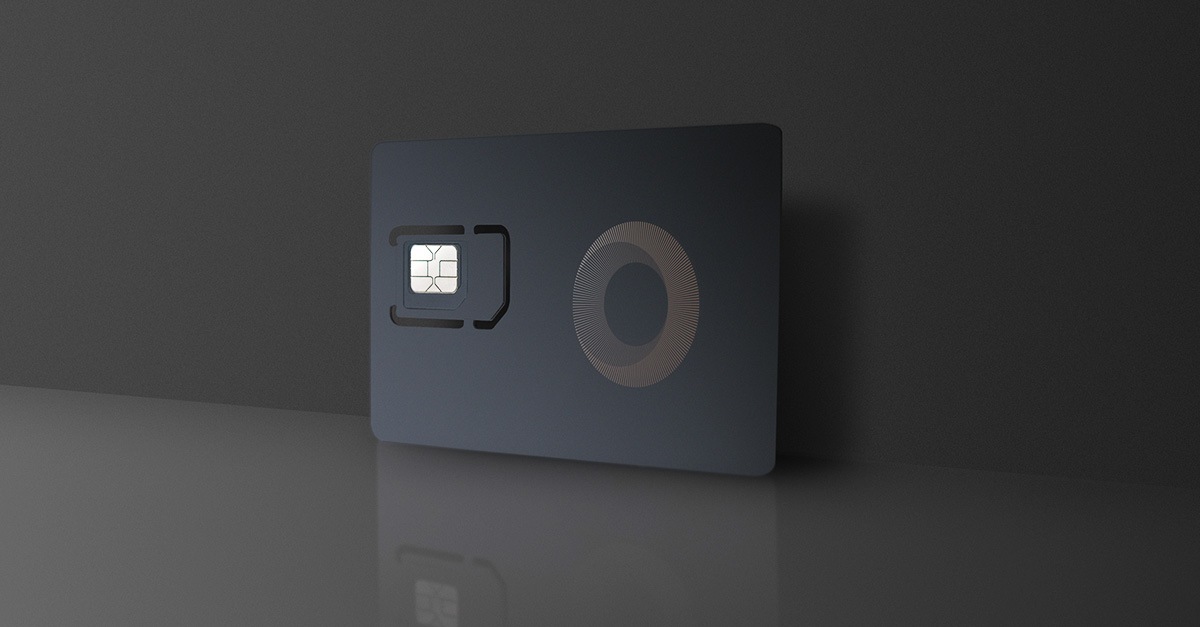Cloud Connectivity In IoT Quick Guide to IoT Connectivity
The integration of the Internet of Things (IoT) in wearable gadgets is remodeling the expertise panorama. Understanding one of the best IoT connectivity options for wearable devices is essential for developers and manufacturers aiming to ship seamless consumer experiences. Different connectivity solutions cater to a range of wants varying from energy consumption to knowledge transfer speeds and community availability.
Bluetooth has emerged as a highly in style choice for connecting wearable devices, primarily because of its low energy requirements and excessive compatibility with various smart gadgets. This expertise enables units like fitness trackers and smartwatches to seamlessly change knowledge with smartphones and tablets. The current developments, including Bluetooth 5.0, have significantly improved vary and pace, making it a robust choice for a lot of wearable functions.
IoT Network Connectivity Pros and Cons of Top IoT Connectivity Technologies
Wi-Fi is one other robust contender, particularly in eventualities the place excessive data throughput is required. Wearable gadgets that constantly stream high-resolution knowledge, such as video or rich media content material, benefit from Wi-Fi’s velocity. The ubiquity of Wi-Fi networks permits for straightforward entry in city environments, enhancing performance for wearables designed for health or health monitoring.
Cellular connectivity has carved its niche, especially in standalone wearable units that don't require tethering to a smartphone. Technologies like LTE and LTE-M have made it possible for wearables to communicate instantly with cellular networks. This option supplies a broad range when customers venture outside, allowing gadgets to ship and obtain data even with out local Wi-Fi. Cellular connectivity is particularly advantageous for emergency companies, health-monitoring wearables, and even primary communication units.
IoT Connectivity Security Quick Overview of IoT Connectivity Types
Narrowband IoT (NB-IoT) stands out as a specialised connectivity option for devices that need to ship small quantities of knowledge occasionally. This makes it ideal for wearables that monitor health metrics or environmental circumstances. Leverage the low energy consumption characteristic of NB-IoT permits devices to function for prolonged periods on minimal battery life, making it a compelling choice for IoT-based wearables designed for long-term monitoring (IoT Network Connectivity).
Zigbee and Z-Wave are glorious choices for wearables that operate within smart residence ecosystems. While these technologies are typically fitted to home automation, they can nonetheless play a task in wearables that need to connect to other home gadgets for particular use circumstances. For occasion, wearable health monitors could interact with smart home gadgets like medicine dispensers to make sure medication adherence.
Mesh networking options allow wearables to create self-healing communication networks. In large or crowded areas the place direct connections could suffer from interference, mesh networking establishes redundant pathways for knowledge to succeed in its vacation spot. This is especially helpful in eventualities such as out of doors occasions or crowded sports activities arenas, the place multiple users may be utilizing their wearables concurrently.
LPWAN technologies like LoRaWAN offer low-power wide-area network communications that are excellent for wearables used in remote areas. These choices excel in rural or off-grid settings, making them well-suited for agricultural monitoring wearables. By providing long-range communication capabilities with minimal energy consumption, LPWAN technologies tackle crucial needs for wearables in additional isolated environments.
IoT Connectivity Market Simplified Global IoT Connectivity
When selecting connectivity choices, the particular use case of the wearable becomes paramount. Devices designed for energetic sports could profit more from Bluetooth or Wi-Fi because of their immediate data-exchanging requirements. On the opposite hand, wearables supposed for health monitoring would possibly prioritize low power choices like NB-IoT or LPWAN technologies, exploring long-term data collection capabilities.
Security features should even be thought of when evaluating IoT connectivity options. With the increase in wearable devices collecting sensitive personal knowledge, it's critical for manufacturers to ensure that the chosen connectivity kind comes equipped with strong security measures. Encryption and authentication protocols are important to stop unauthorized entry to wearable data.
The scalability of a connectivity choice is another critical aspect to ponder. As the demand for IoT wearables continues to rise, manufacturers want to ensure that their connectivity choices can scale efficiently. This encompasses not just the power to handle increased data transmission but also ensuring community capacity to accommodate a rising consumer base with out compromising performance.
In the evolving world of health and health, the functionality of wearables is repeatedly intensifying, making the selection of connectivity extra important than ever. Emerging technologies like 5G maintain the promise of opening much more opportunities. With quicker speeds and lower latency, 5G can facilitate real-time information sharing between devices, amplifying the interactivity and immediacy anticipated from future wearable technologies.
IoT Connectivity Security Six Major IoT Connectivity Technologies

As the IoT panorama matures, collaboration amongst connectivity providers will likely turn out to be more common. Wearables might begin adopting multi-connectivity options, permitting devices to modify between completely different networks based on availability and task requirements. This hybrid strategy wouldn't solely improve reliability but additionally optimize energy consumption, enabling longer utilization between charges.
Understanding the most effective IoT connectivity options for wearable units is thus a multi-faceted endeavor. By contemplating the operational requirements, consumer situations, and technology advancements, stakeholders can make knowledgeable choices that meet each consumer expectations and industry standards. The future of wearables lies in harnessing these diverse connectivity choices to craft integrated, responsive, and user-centric technologies.

As expertise continues to evolve, staying forward of the curve turns into important for all players concerned within the wearable market. The demands for information collection, real-time interplay, and user security dictate that the chosen connectivity options align with present trends whereas readying for future advancements. Ultimately, the best connectivity resolution will facilitate a superior consumer expertise, ensuring wearable units usually are Click This Link not just functional, but additionally important to day-to-day life.
Web Connectivity In IoT Subscriptions for IoT Connectivity SoC
- Utilization of low-power wide-area networks (LPWAN) similar to LoRaWAN offers extended protection and long battery life for wearable gadgets used in distant monitoring applications.
- Bluetooth Low Energy (BLE) allows for fast information transmission with minimal power consumption, making it perfect for fitness trackers and health monitoring devices.
- Cellular IoT technologies, like NB-IoT or LTE-M, supply robust connectivity, enabling wearables to operate independently with out relying on smartphones, appropriate for important purposes.
- Zigbee is optimal for wearable units that need to connect with smart home systems, offering a reliable mesh community for enhanced communication.
- Satellite communication permits wearables to function in extraordinarily distant areas the place traditional networks are unavailable, making certain constant knowledge transmission for actions like outside sports.
- Wi-Fi 6 introduces improved bandwidth and efficiency, making it suitable for wearables requiring excessive knowledge rates in crowded environments, corresponding to augmented reality functions.
- Sigfox networks are helpful for wearables as a result of their simplicity and cost-effectiveness, primarily focusing on sending small quantities of knowledge over long distances.
- 5G connectivity guarantees ultra-low latency and enhanced bandwidth, enabling advanced functionalities in wearables, including real-time health monitoring and immersive consumer experiences.
- NFC (Near Field Communication) facilitates secure, short-range communication for wearable gadgets, excellent for fee solutions or entry management functions.
- Thread expertise combines some great benefits of mesh networking with the security and low power consumption features, making it a powerful candidate for smart wearable ecosystems.undefinedWhat are the preferred IoT connectivity choices for wearable devices?undefinedCommonly used IoT connectivity choices for wearable units embrace Bluetooth, Wi-Fi, cellular (like LTE and 5G), Zigbee, and LoRaWAN. Each option has its own advantages depending on vary, power consumption, and information switch needs.
How does Bluetooth compare to Wi-Fi for wearables?undefinedBluetooth is right for short-range connectivity and low power consumption, making it appropriate for fitness trackers and smartwatches. Wi-Fi provides greater bandwidth and broader web entry, however it usually consumes extra energy and is healthier for devices that need fixed connectivity.
What are the benefits of utilizing cellular connectivity for wearables?undefinedCellular networks enable wearables to hook up with the internet without having a paired smartphone. This permits for real-time notifications, GPS tracking, and independent operation, making it good for units like smartwatches designed for fitness and security purposes.
How does battery life impression the selection of connectivity for wearables?undefinedBattery life is important for wearable gadgets. Low-power choices like Bluetooth Low Energy (BLE) assist maximize utilization time whereas still providing connectivity. Devices requiring frequent data transfer would possibly use larger power options, special info necessitating larger batteries or more frequent charging.
Vodafone Managed IoT Connectivity Platform Smart Connectivity for IoT Services

What position does safety play in IoT connectivity for wearables?undefinedSecurity is paramount in IoT connectivity as wearables usually deal with sensitive person knowledge - Aws IoT Connectivity. Options using sturdy encryption protocols and secure authentication methods help defend user data and prevent unauthorized entry.
Can wearables connect to a quantity of IoT networks simultaneously?undefinedYes, many modern wearables can connect to a number of IoT networks, allowing them to switch between totally different connectivity choices based on availability and efficiency. This enhances flexibility and ensures steady monitoring and communication.
What factors must be thought of when deciding on a connectivity choice for wearable devices?undefinedKey components embody vary, energy consumption, data switch pace, compatibility with existing networks, and the particular use case of the wearable. Analyzing these criteria helps in selecting probably the most appropriate connectivity solution.
IoT Global Connectivity Management of IoT Connectivity
Are there any rising technologies which will improve IoT connectivity for wearables within the future?undefinedYes, rising technologies like 5G will significantly enhance IoT connectivity by offering higher data rates, lower latency, and improved reliability. This is expected to enable more superior functions and functionalities for wearable gadgets.
How do regulatory standards affect connectivity choices in wearables?undefinedRegulatory standards ensure that connectivity technologies adjust to safety, privacy, and interoperability necessities. Adhering to these standards is important for manufacturers to make sure usability and market acceptance while defending users' rights and data.
What is the most effective connectivity possibility for medical wearables?undefinedFor medical wearables, cellular connectivity is usually preferred due to its capability for real-time knowledge transmission and regulatory compliance. Secure and stable connections are crucial in healthcare functions for monitoring important indicators and offering timely alerts.